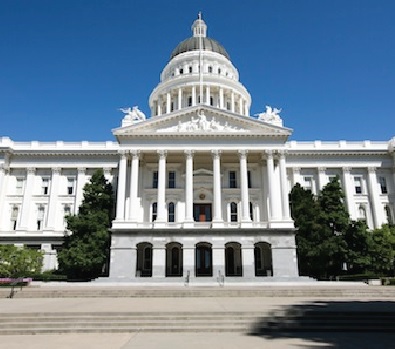 Education is primarily a state and local responsibility in the United States. It is states and communities, as well as public and private organizations of all kinds, that establish schools and colleges, develop curricula, and determine requirements for enrollment and graduation. The structure of education finance in America reflects this predominant state and local role. The result is that the Federal contribution to elementary and secondary education is just under 10%, which includes funds not only from the Department of Education (ED) but also from other Federal agencies, such as the Department of Health and Human Services’ Head Start program and the Department of Agriculture’s School Lunch program. These Federal programs are not affected by California’s Local Control Funding Formula.
Education is primarily a state and local responsibility in the United States. It is states and communities, as well as public and private organizations of all kinds, that establish schools and colleges, develop curricula, and determine requirements for enrollment and graduation. The structure of education finance in America reflects this predominant state and local role. The result is that the Federal contribution to elementary and secondary education is just under 10%, which includes funds not only from the Department of Education (ED) but also from other Federal agencies, such as the Department of Health and Human Services’ Head Start program and the Department of Agriculture’s School Lunch program. These Federal programs are not affected by California’s Local Control Funding Formula.
History of Federal involvement in Education
The Supreme Court’s 1954 Brown v. Board of Education decision mandated the desegregation of public schools and gave the executive branch a legal precedent for enforcing equal access to education.
The Elementary and Secondary Education Act (ESEA) of 1965 was a key part of Lyndon Johnson’s War on Poverty and has set the basic terms of the federal government’s involvement in education ever since. Rather than mandating direct federal oversight of schools, ESEA offered states funding for education programs on a conditional basis. In other words, states could receive federal funding provided they met the requirements outlined in certain sections, or titles, of the act. Every major education initiative since then has been about recalibrating the balance first struck by ESEA. Until 1980, the program was reauthorized every three years, each time with more specific guidelines about how federal funds were to be used.
In 1975, the Education for All Handicapped Children Act (now IDEA) ensured that students with disabilities are provided a free appropriate public education to meet their needs.
In 1979, the Federal Department of Education was established as a separate, cabinet-level government agency that would coordinate the federal government’s various initiatives and requirements. In the years since, we have had ESEA reauthorizations such as No Child Left Behind and Every Student Succeeds Act.
In addition to ESEA, the Federal government continues to administer other programs, including two large ones that tend to get less attention; child nutrition and Head Start.
The National School Lunch Program (NSLP) provides nutritionally balanced, low-cost or no-cost lunches to children each school day. This program has played an essential role during the COVID-19 pandemic. At a time of heightened food insecurity for so many families across our state and nation, this program has helped millions who may only get nutritious meals during the school day. The US Department of Agriculture recently announced the continued extension of nationwide flexibilities that allow free school meals for children throughout the entire 2020-2021 school year.
Head Start is a program of the United States Department of Health and Human Services that provides comprehensive early childhood education, health, nutrition, and parent involvement services to low-income children and families. This program is intended to halt the development of an achievement gap by promoting the school readiness of infants, toddlers, and preschool-aged children from low-income families.
If the Federal contribution to the California public school system is less than 10% of the overall budget for schools, why is it important for PTA to spend time on this now? Due to the pandemic, a large federal investment in education is needed in order to stave off major state and local budget cuts that would disproportionately affect our most vulnerable students.